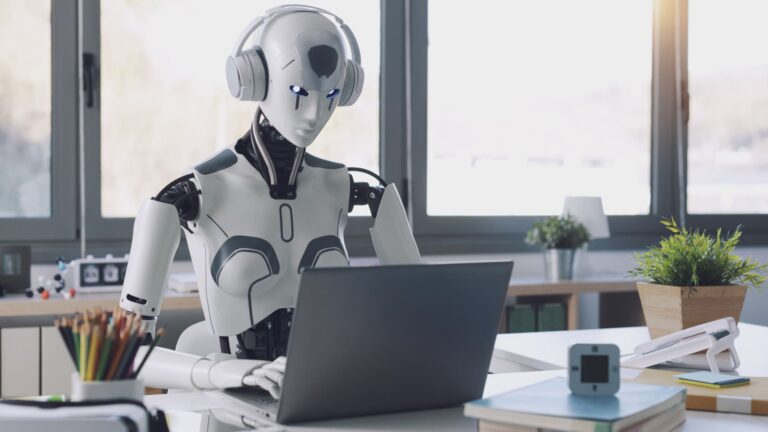According to Morgan Stanley, the labor shortage is driving the use of robotics, which is expected to see a boom in humanoids, or human-like robots. “Advances in AI are transforming the robotics industry,” Morgan Stanley analysts said in a June 26 report titled “Humanoids: Investment Implications of Embodied AI.” “Labor shortages and demographic trends are increasing the business relevance and adoption pathways (and economic payback) across a wide range of industries,” they added. The bank predicts a humanoid population of 40,000 by 2030, 8 million by 2040 and 63 million by 2050. But it isn’t worried about robots replacing jobs — analysts say it’s more likely that robots will perform tasks that humans don’t want to do. “We see a more optimistic future than the one described by proponents of technological deacceleration—one in which robots continue to complement and enhance human work and productivity, and in which mundane and dangerous tasks can be outsourced,” they wrote. “But perhaps more urgent is the harsher reality that we will need humanoids.” Morgan Stanley isn’t alone in its bullishness on humanoids. Last month, Tesla CEO Elon Musk said his company’s Optimus robots could eventually boost the automaker’s value to $25 trillion—more than half the value of the S&P 500. In January, a demonstration video showed Optimus robots folding laundry. However, it was roundly criticized by engineers because the robots were operated by humans and were not autonomous. Still, Morgan Stanley outlined a number of industries that could potentially benefit from humanoids, with social care likely to be the largest total addressable market. The cost of building humanoid robots could range from $10,000 to $300,000 per robot, the bank said, but added that with “the advantage of scale, the introduction of AI algorithms to dramatically shorten the R&D cycle, and the use of cost-effective components from China, we see opportunities for significant cost reductions.” The analysts compiled a list of 66 stocks that they believe “best articulate the humanoid theme.” They are categorized as enablers — defined as companies that develop such robots or their inputs such as their “brains and bodies” — or beneficiaries, which are companies that can benefit from the work of humanoids — or both. Here are some of the stocks on Morgan Stanley’s list. They include names from the U.S., Asia and Europe: — CNBC’s Michael Bloom and Lora Kolodny contributed to this report.


